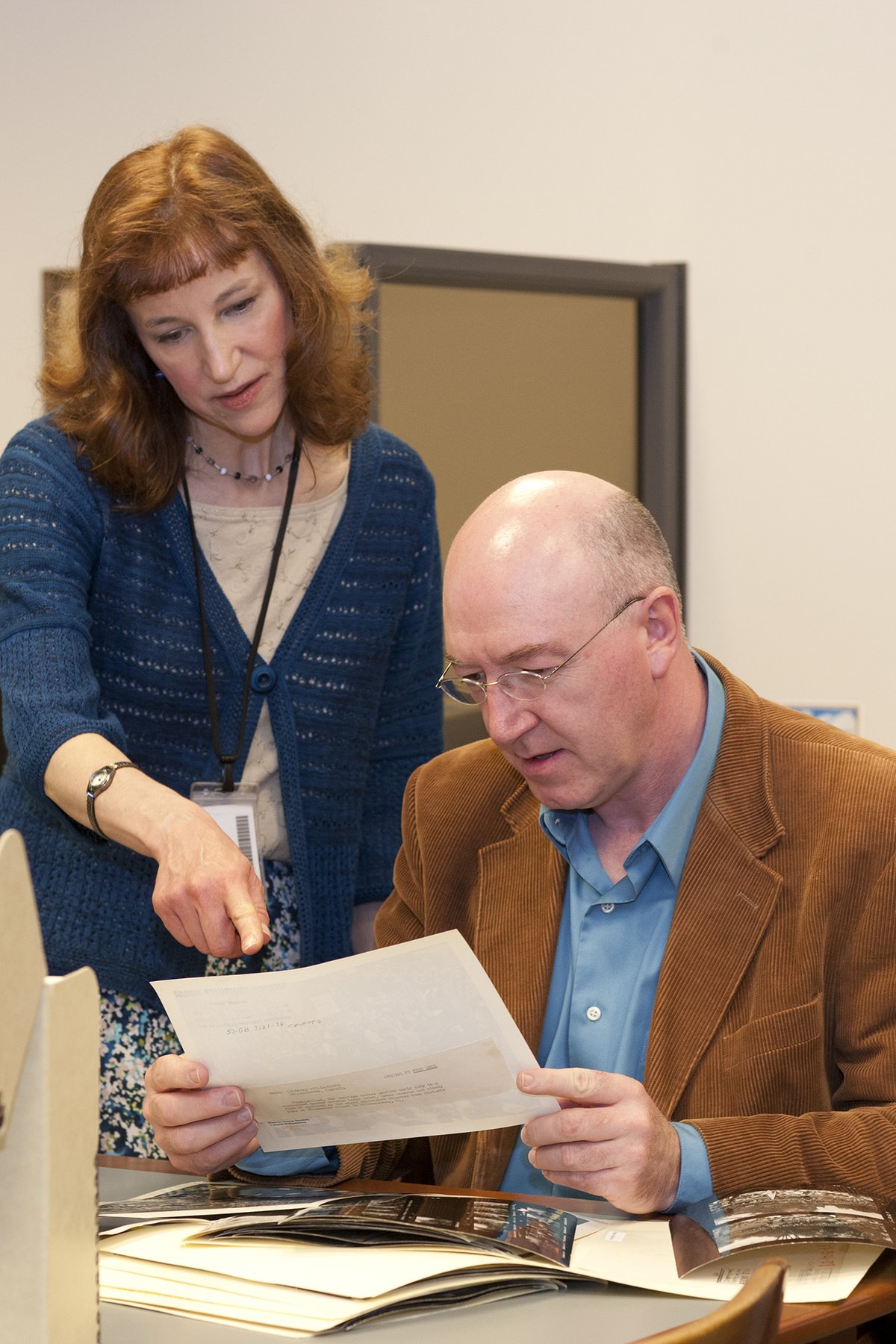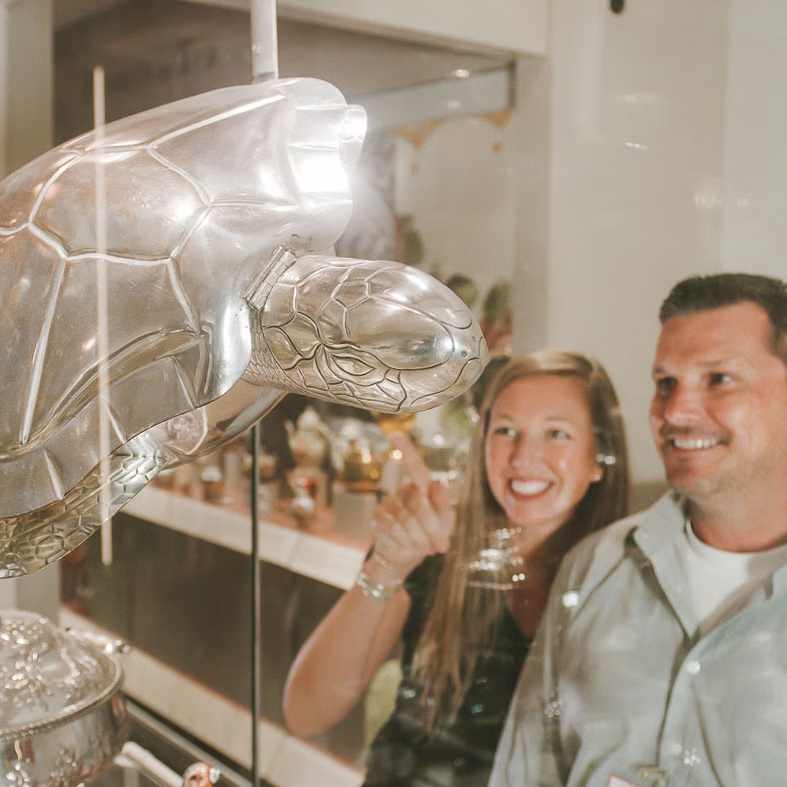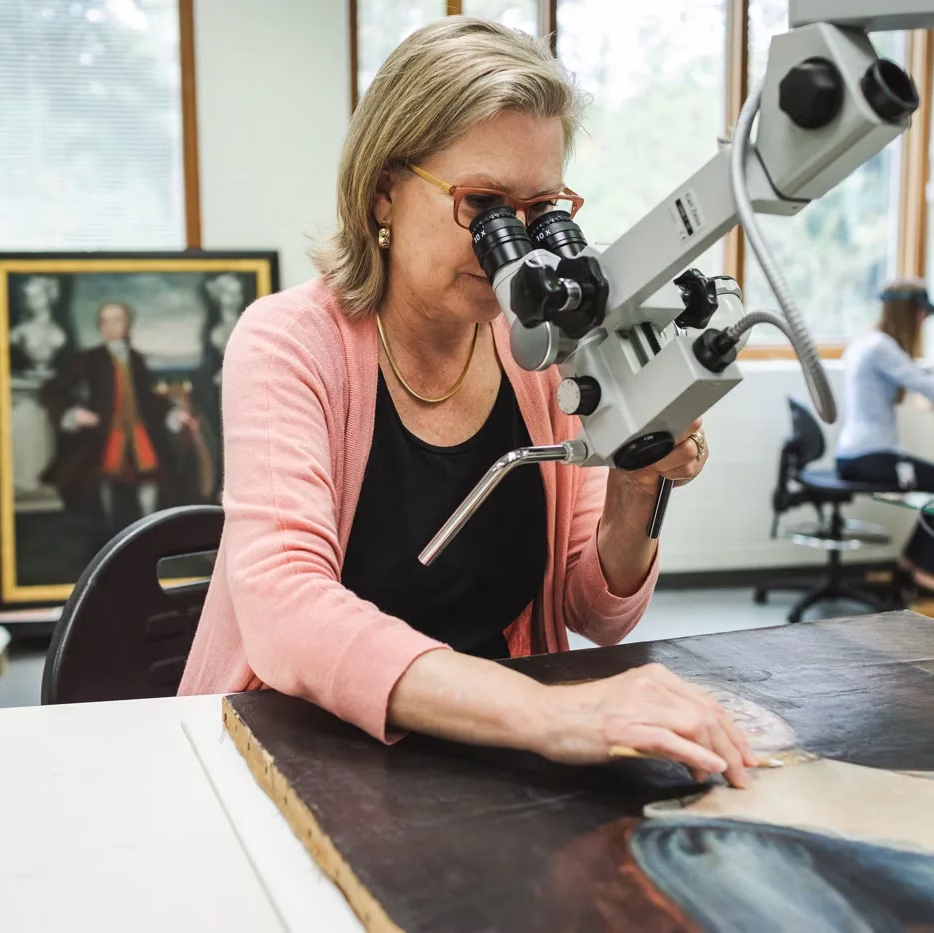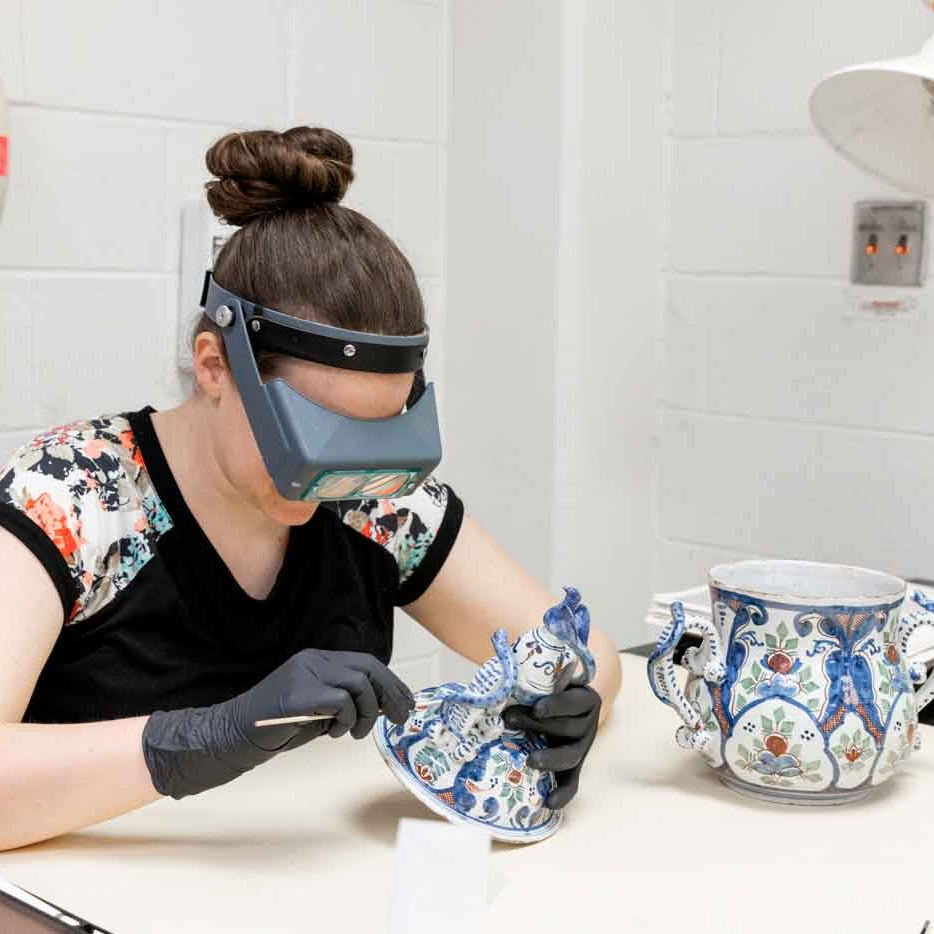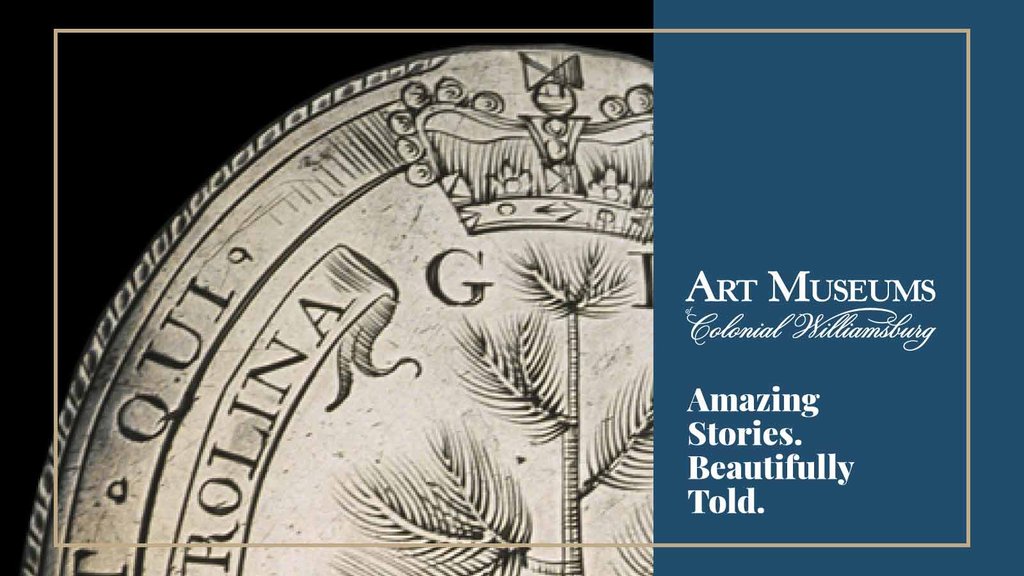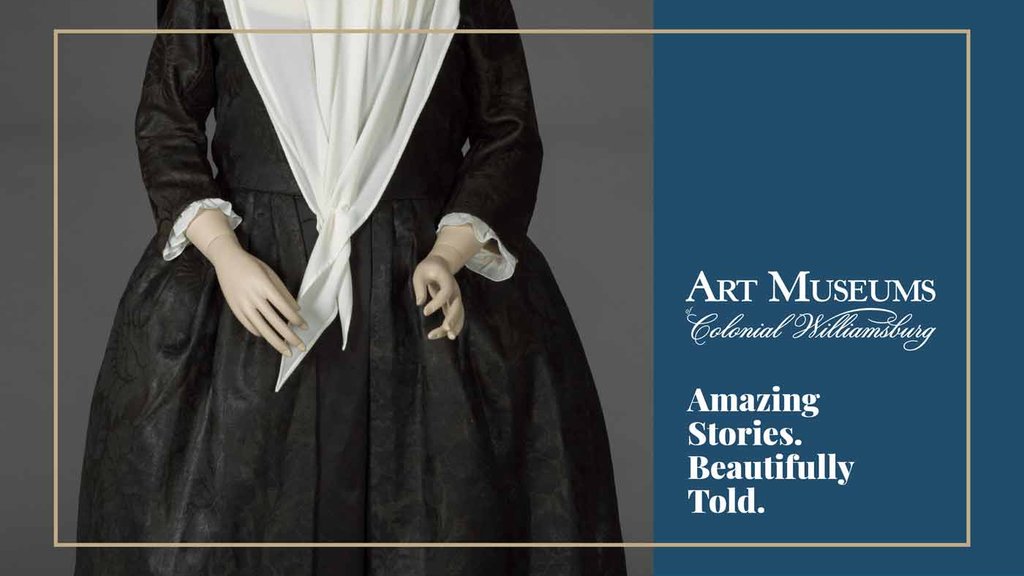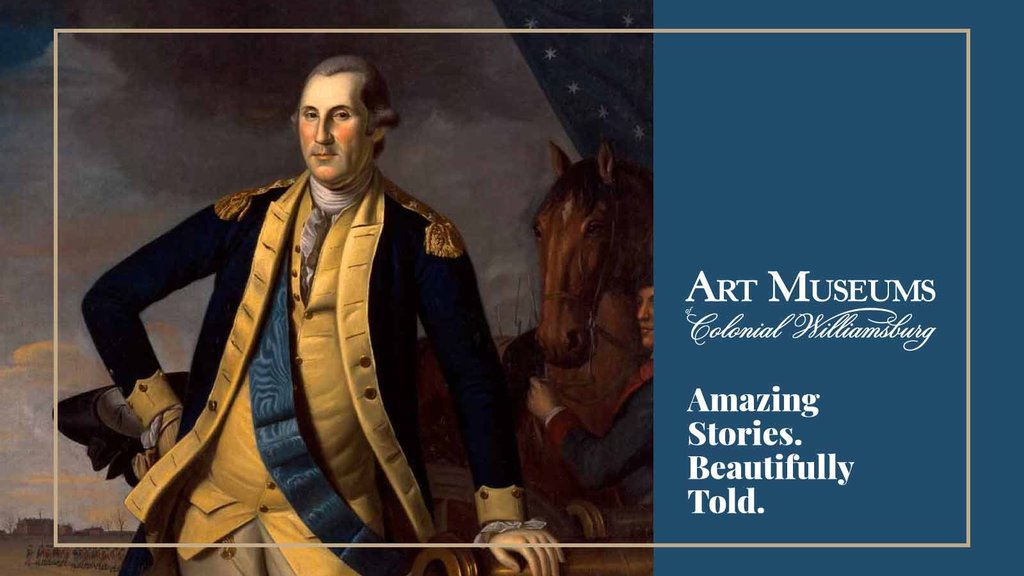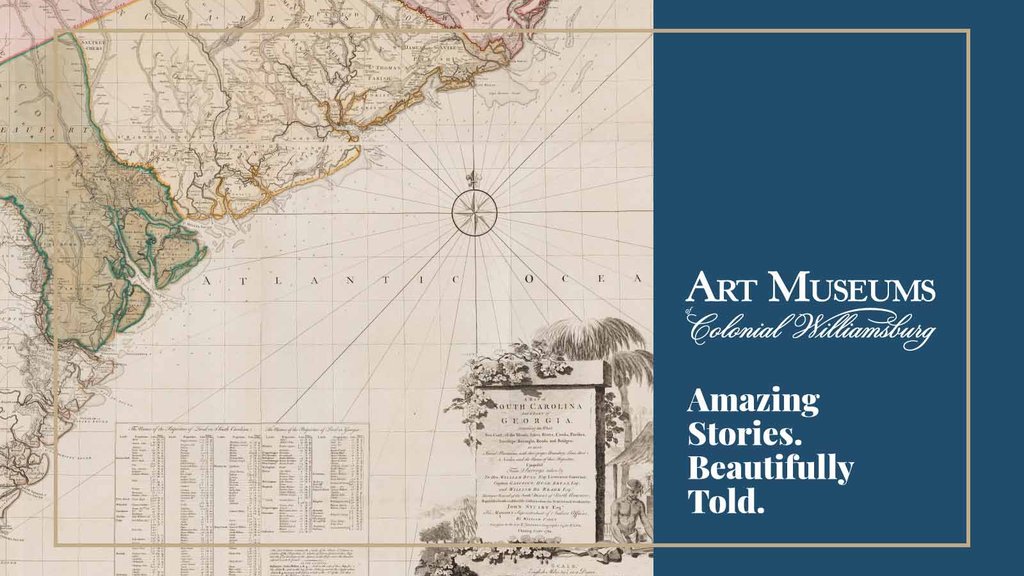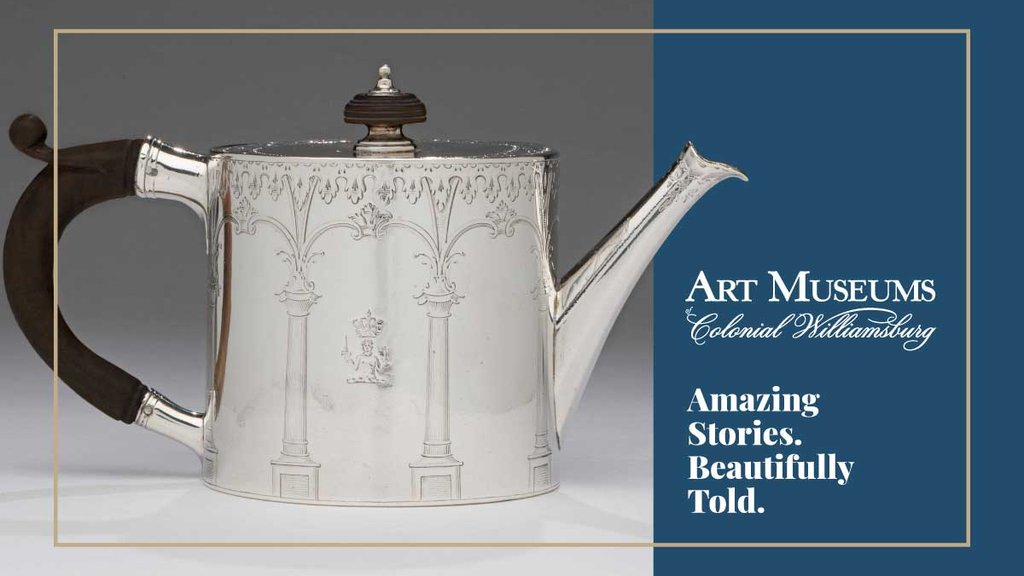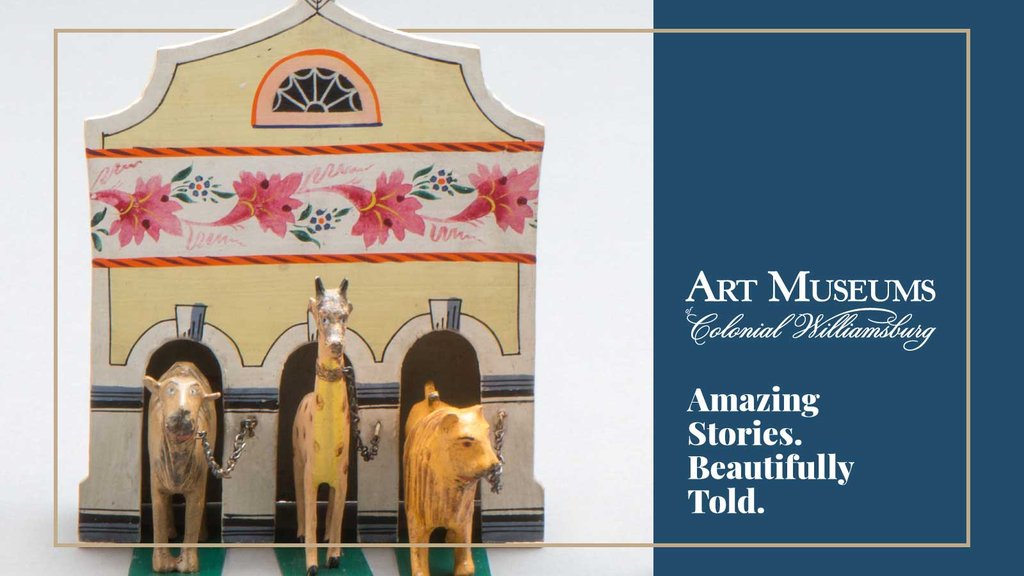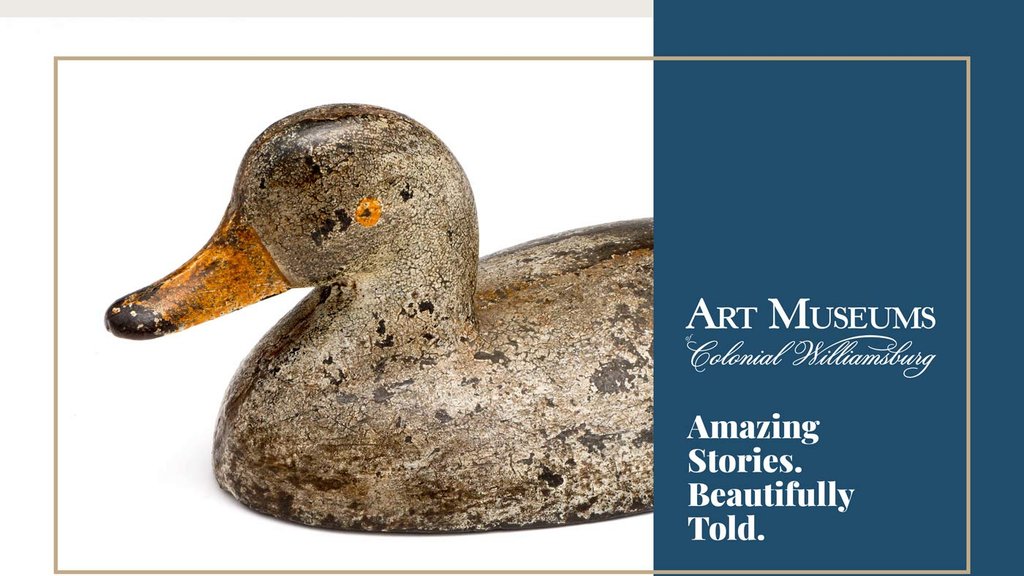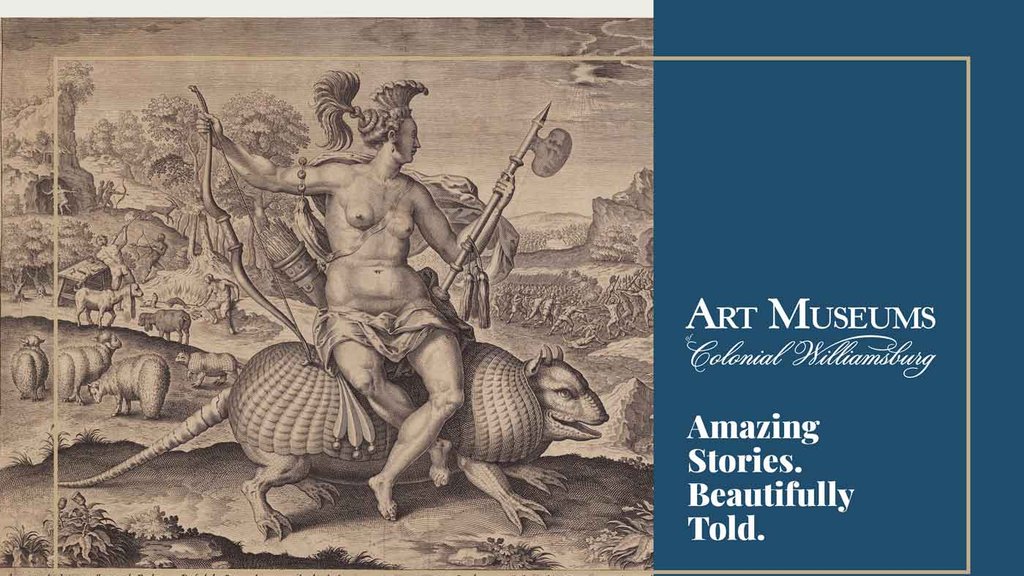This silver plate acts as the buckle of an officer’s shoulder-worn sword or bayonet belt.
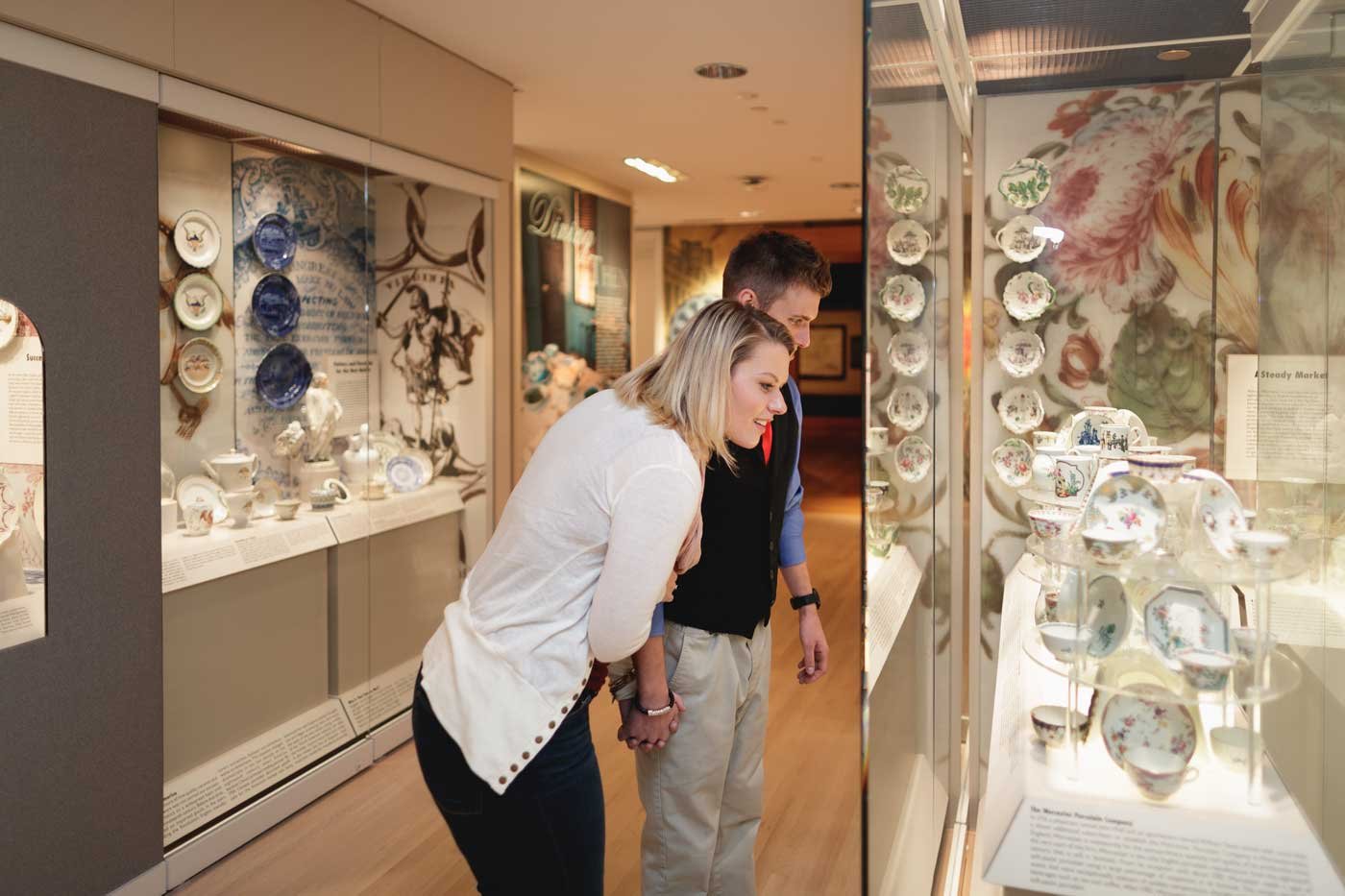
Our Collections
By the Numbers
The Art Museums of Colonial Williamsburg hold one of the world’s most extensive collections of early American, British, and folk art.
Colonial Williamsburg uses its extensive collections of fine, decorative, mechanical, and folk art to educate people about life in early Virginia. We collect ceramics, glass, furniture, clothing, tools, firearms, coins, metals, toys, prints, paintings, architectural fragments, and more from the seventeenth, eighteenth, and nineteenth centuries, as well as American folk art up to the present day. Colonial Williamsburg holds important collections of maps, Southern furniture, British pewter and ceramics, coins and currencies, textiles, and more.
Many of these objects are available in the exhibitions of the Art Museums of Colonial Williamsburg: the DeWitt Wallace Decorative Arts Museum and the Abby Aldrich Rockefeller Folk Art Museum. Others are used to furnish more than 200 rooms in Williamsburg's historic buildings, ranging from the parlors of the wealthy to the living spaces of enslaved and working-class people.
Learning from Collections
What can you learn about the people of early America from the furniture or clothes they used every day? What can you learn about their cultures from their paintings, coins, and toys?
Objects are one of our richest sources for making sense of the past. They allow us to feel the textures of the past. They enable us to see part of what people saw in centuries past. For decades, Colonial Williamsburg has been collecting these traces of the past to educate visitors about early American history. Our conservators preserve these rich sources for future generations. Our curators research and tell the stories behind them. Researchers regularly use our collections to learn more about the material worlds of the past.
Explore Pieces from Our Collections
Wool gowns were commonly worn by women of all classes in the 18th century. They were practical, hard wearing, and supported Britain’s most important industry, however compared to silk or cotton gowns, very few survive.
The life-size portrayal of George Washington was rendered in 1780 by the country’s preeminent portraitist, Charles Willson Peale, and represents one of the most important paintings of the American Revolutionary period.
Hand-painted with watercolor and in almost pristine condition, this rare, engraved map was published at the height of the Revolution.
Standing just four and one-half inches tall, this diminutive teapot was almost sent to auction by its previous owner because it was too small to be useful. Made in London in 1771-72 by the Swedish-born silversmith Andrew Fogelberg, this sterling silver teapot features the heraldic crest of the Murray family.
This toy set, made in what is now Germany in the second half of the 19th century, features several buildings that house a variety of exotic animals. The largest building measures only 6 inches tall. Each piece is carved from wood and hand-painted.
Until outlawed in the vast majority of the United States in 1918, iron decoys were used for "sink box" hunting. This method required the hunter to be hidden in a watertight box sunk to its top and set some distance offshore.
Learn more about the conservation work completed to prepare Claes Jansz Visscher's print of America.
More to Explore
Visit the Art Museums
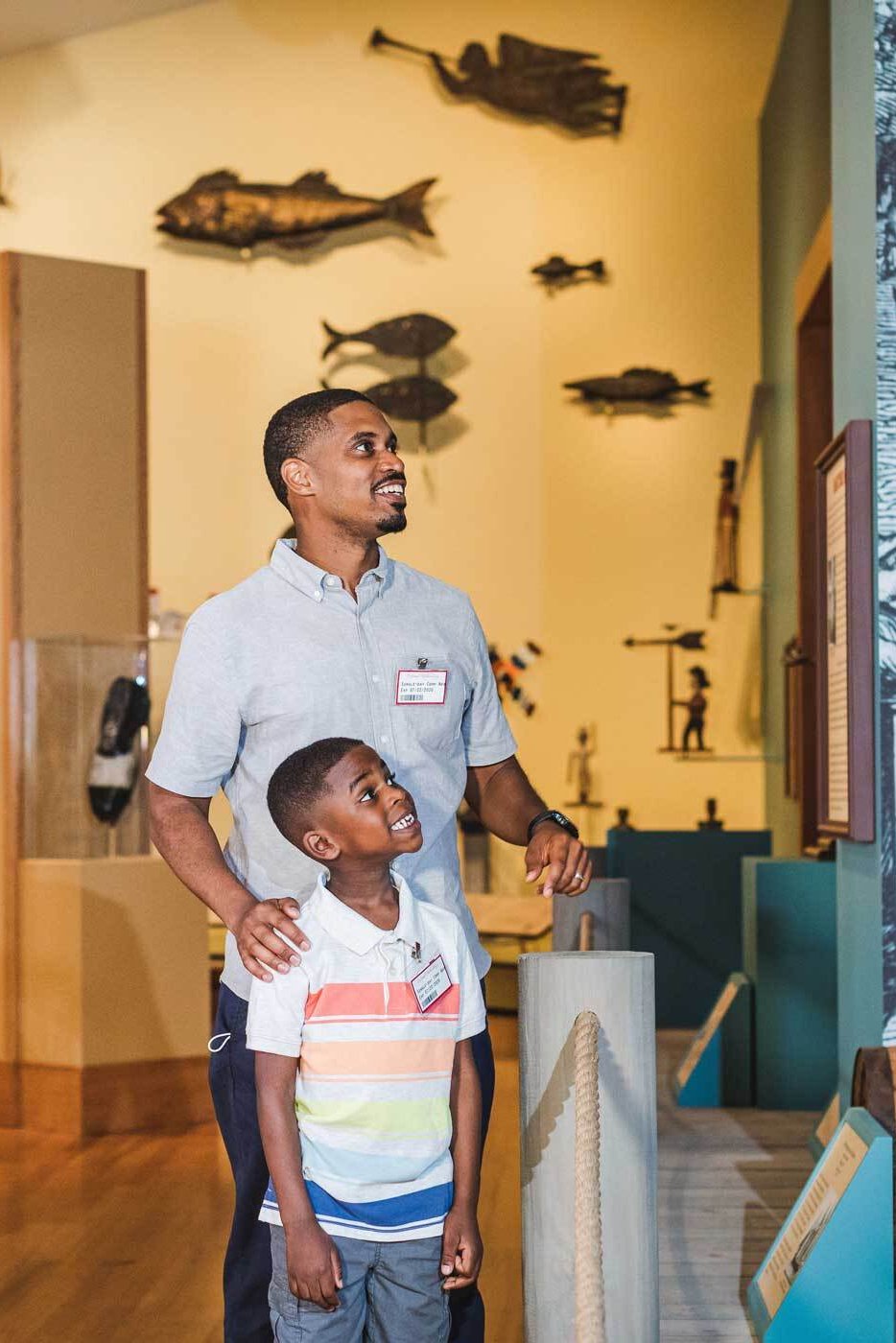
Explore Our Collections Online
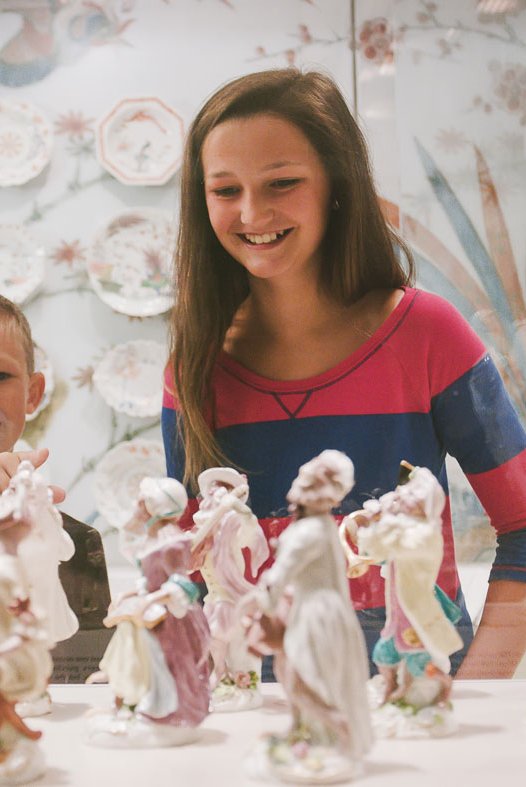
Discover More Sources
